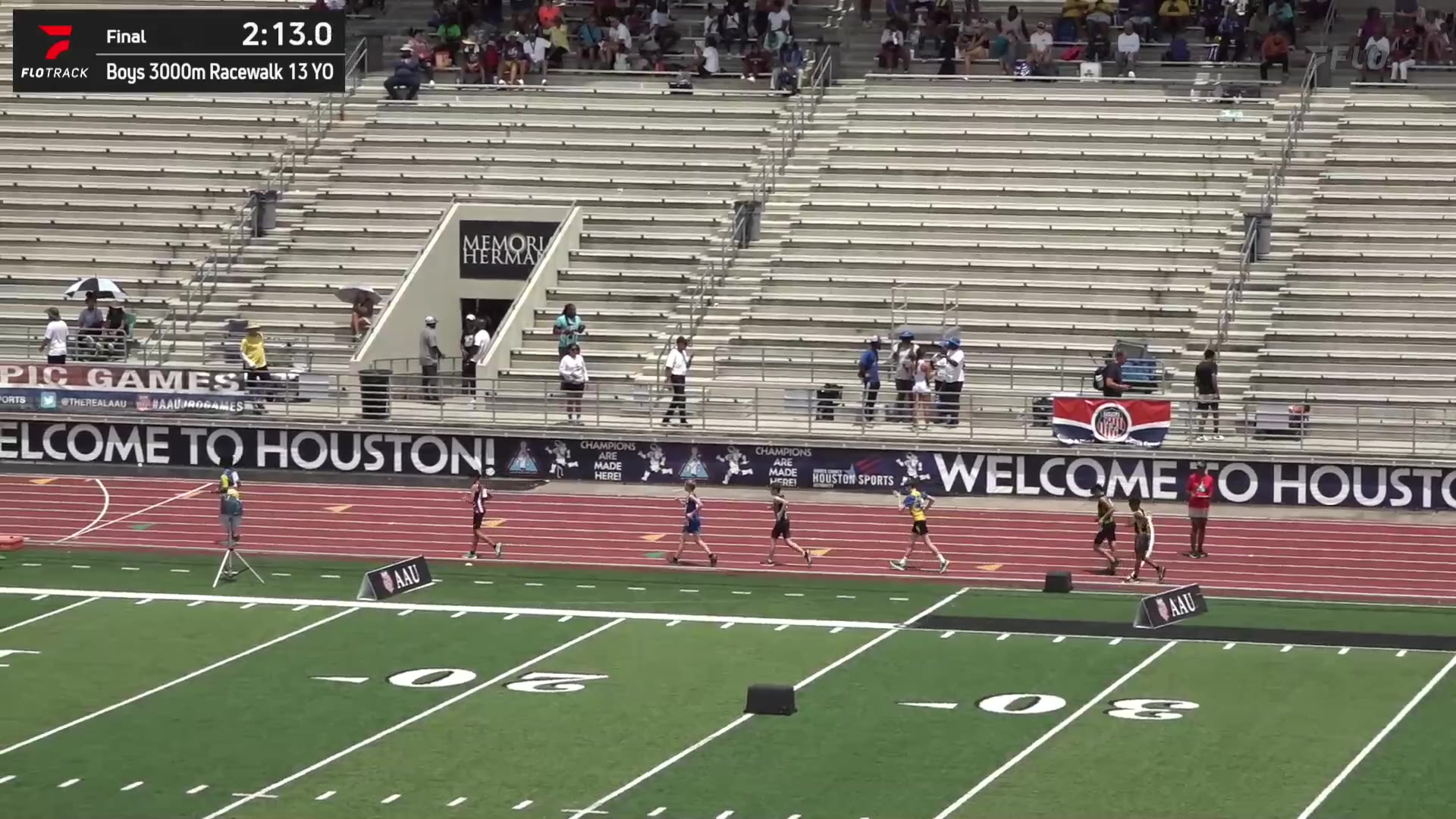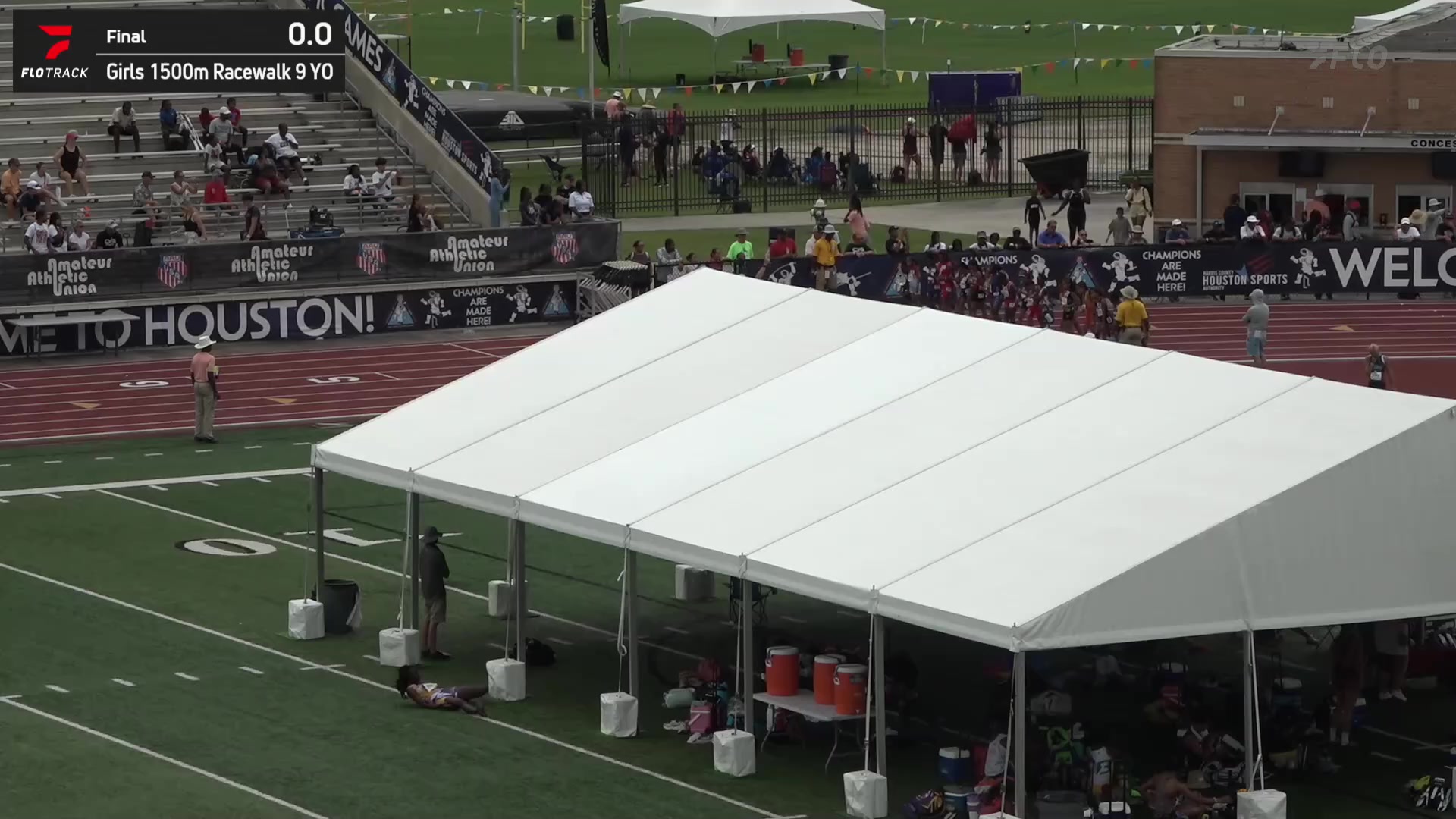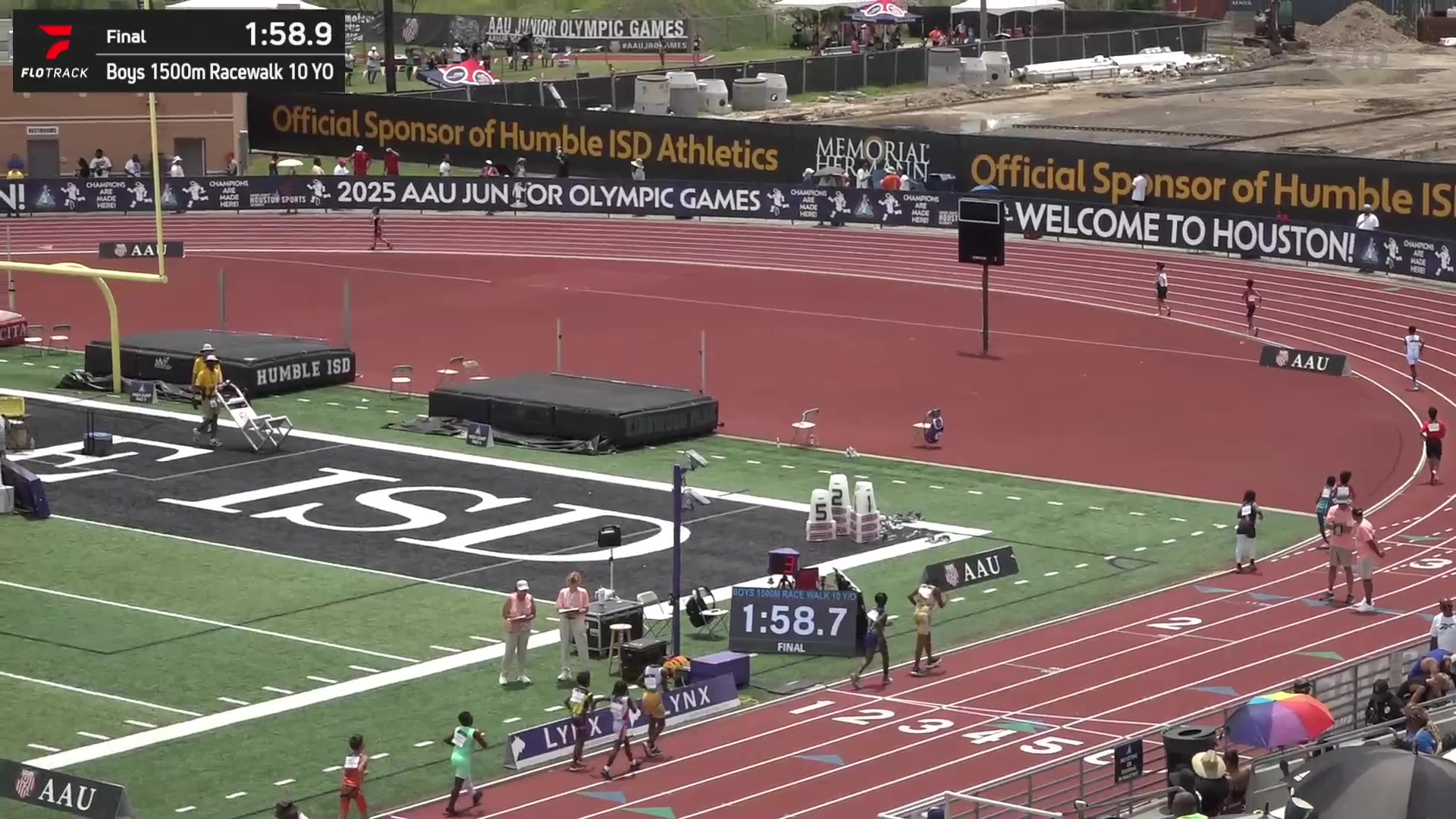Mastering The Stride: Everything About Olympic Race Walking
Have you ever watched an Olympic event and seen athletes moving at an incredible pace, yet they look like they're walking, not running? That, you see, is Olympic race walking. It's a sport that truly combines the endurance of a long-distance event with a very specific, perfected technique. This unique discipline has quite a story, too, evolving over the years to become the challenging and historic part of the Games we know today.
So, you might be curious about what makes race walking so different from just a fast stroll, or even running. Well, it's actually about a highly specialized way of moving, rather than pure speed. Unlike other track and field competitions, the walk isn't simply about getting to the finish line first; it's about doing it while keeping to very strict rules. This means every step counts, and judges are watching closely.
Learning about Olympic race walking means looking at its roots, how it got into the Games, and what athletes need to do to compete. We'll talk about the rules, the different events you can watch, and some of the amazing athletes who have made their mark. You'll get to know everything about this fascinating sport, especially with the upcoming Paris Olympic Games where it will definitely be a highlight.
Table of Contents
- History and Evolution of Race Walking
- The Rules of the Road: How Race Walking Works
- Olympic Race Walking Events
- Athletes and Notable Moments
- Why Race Walking is So Special
- Frequently Asked Questions
- Conclusion
History and Evolution of Race Walking
Race walking has, in a way, come a long way from its earliest forms, which people once called "pedestrianism." This pastime, you know, really got its start in Victorian England, and it involved people competing to see who could walk the furthest or fastest over incredibly long distances. It was a popular spectacle back then, drawing big crowds and, frankly, it laid the groundwork for the more organized sport we see today.
It didn't take very long for race walking to become a part of the Olympics after its development. Olympic race walking, as a matter of fact, first appeared on the Games program in 1908. Initially, it was just a men's event. The sport has, as you might imagine, evolved quite a bit since those early days, with changes in distances and, eventually, the inclusion of women. For women, it took a bit longer, some 84 more years after the men's debut, for them to get their own Olympic event in this discipline.
The men's 50km race walk, for instance, became a part of the Olympic schedule in 1932. Interestingly, it was not contested at the 1976 Olympic Games in Montreal, but it did return. Women later competed over the 50km race too, showing how the sport has, in some respects, gradually expanded its reach and opportunities for all athletes. The 20km race walk, another key event, has been a men’s Olympic competition since 1956. So, you see, there's quite a rich history to this event, with different distances coming and going over the decades.
The Rules of the Road: How Race Walking Works
Alright, so what exactly is race walking? It's a discipline that requires a very specific technique, which is what makes it so different from running. The core rules are what give this sport its unique character and, frankly, its challenge. Per the race rules, one foot must be on the ground at all times. This is the first, and perhaps most important, rule to understand.
The other crucial rule is that the supporting leg, meaning the one on the ground, must be straightened from the moment it makes contact with the ground until the body passes directly over it. This isn't just a suggestion; it's a strict requirement. Judges are, you know, watching every single step to make sure athletes are following these guidelines. They look for any bending of the knee or moments where both feet are off the ground, which would result in a foul.
This perfected technique, rather than just raw speed, is what truly sets race walking apart. It means athletes can't simply run; they must maintain this specific walking motion throughout the entire race. There's a lot of arm swinging and hip swaying involved, which helps maintain momentum and, arguably, the correct form. This combination of endurance and precise technique is what makes it such a demanding sport, contested at all levels, from youth athletics up to and including the Olympic Games.
Olympic Race Walking Events
When you tune into the Olympics, you'll find race walking as a significant part of the track and field program. The number and type of events have, quite naturally, changed over time. Knowing what to expect, especially with new formats, can really help you enjoy the competition.
Past Olympic Events
In the 2020 Summer Olympics, which actually took place in 2021 in Tokyo, there were, you know, three race walking events. These included a men's 20 kilometres race walk, a women's 20 kilometres race walk, and a men's 50 kilometres race walk. These distances have been standard for a while, allowing athletes to truly test their endurance and technical skill over considerable distances.
Women’s race walking, as we mentioned, first appeared at the Olympic Games in 1992, over the 10km distance. This was a pretty big step for the sport, opening up more opportunities. The men's 20km race walk has, for instance, been an Olympic event for quite some time, specifically since 1956. So, there's a good history of these individual long-distance events.
Paris 2024 and the New Mixed Relay
For the upcoming Paris Olympic Games in 2024, there are, as it happens, some exciting changes to the race walking program. The current race walking contests at the Summer Olympics will be the 20 kilometres race walk for both men and women, and a brand-new event: the marathon race walk mixed relay. This new mixed relay is making its Olympic debut at Paris 2024, which is pretty neat.
The marathon race walk mixed relay, you see, will feature 25 teams. Each team is made up of one male and one female athlete. They'll take turns completing legs of the marathon distance, covering 42.195 kilometres in total. This new event actually replaces the men's 50km race walk, which will no longer be on the Olympic program. It's a pretty big shift, aiming to bring a fresh, dynamic team element to the sport.
World Athletics and the International Olympic Committee have, in fact, agreed on this format for the new team event. It's a way to keep the sport current and, arguably, more engaging for viewers. So, for the Paris 2024 Olympics, you'll be watching three main race walking events: the men's 20km, the women's 20km, and this exciting new marathon race walk mixed relay. It's going to be something to see, with all that arm swinging and hip swaying for more than three hours, which, you know, can feel longer than a typical marathon for the athletes.
Athletes and Notable Moments
Race walking has seen some truly incredible athletes over the years, with many nations having strong traditions in the sport. Chinese athletes, for example, have historically shown remarkable dominance, winning four out of the six men’s race walking gold medals at past Games. This really highlights the depth of talent and dedication in their programs.
At the Paris Olympics 2024, China's world record holder Yang Jiayu, for instance, won the Olympic gold in the women's 20km race with a fantastic time of 1:25.54. This just shows the speed and precision these athletes can achieve. Spain also had a shining moment, with Alvaro Martin and Maria Perez taking home the gold in the 20km race walk mixed relay at the 2024 Paris Olympic Games, winning by nearly a minute. That's a pretty decisive victory, you know.
Other athletes have also left their mark. Ecuador's Brian Pintado, for instance, won his first Olympic medal, taking victory in the men's 20km race walk. He finished in 1:18.55, which was just off the Olympic record set by China's Chen Ding back in 2012. These performances truly show the dedication and skill involved in reaching the top of Olympic race walking.
We can also remember figures like Debbi Lawrence, who was an American woman’s representative for racewalking at the Olympics. She and her husband even started a walking club in the Kansas City area, showing a real passion for the sport beyond just competing. It's these personal stories that, you know, add so much to the Olympic spirit.
Why Race Walking is So Special
Race walking, arguably, holds a special place in the Olympic Games because it combines a very human movement with extreme athletic demand. It’s not just about who can move their legs the fastest; it's about who can maintain a very specific, almost artistic, form over long distances while still pushing for speed. This discipline, you see, is both challenging and historic, having first appeared on the Games program way back when.
The requirement that one foot must always be on the ground, and the straightening of the supporting leg, really tests an athlete's discipline and muscle control. It's a true test of endurance, similar to a marathon, but with an added layer of technical precision that makes it utterly unique. The fact that it's contested at all levels, from youth events to the very pinnacle of sport at the Olympics, speaks to its broad appeal and foundational nature in track and field.
Watching race walking at the Olympics is, in a way, like watching a moving puzzle. You're observing athletes push their bodies to the limit, all while adhering to rules that demand incredible control. It’s a sport where, as the saying goes, slow and steady may just win the race for gold, because technique truly matters as much as, if not more than, raw pace. So, next time you see it, take a moment to appreciate the incredible balance of power, endurance, and technique on display.
Frequently Asked Questions
People often have questions about this unique Olympic sport. Here are some common ones:
What is the main difference between race walking and running?
The biggest difference is the rules about foot contact and leg straightening. In race walking, one foot must always be on the ground, and the supporting leg has to be straight from the moment it touches down until the body passes over it. Running allows for both feet to be off the ground at the same time, and the knees can bend more freely.
How many race walking events are there at the Paris 2024 Olympics?
There are, as it happens, three race walking events at the Paris 2024 Olympics. These include the men's 20km race walk, the women's 20km race walk, and the new marathon race walk mixed relay, which is making its debut this year. This mixed relay replaces the men's 50km event.
Who are some of the top race walkers to watch?
Some of the top athletes include China's Yang Jiayu, who is a world record holder and won gold in Paris 2024. Spain's Alvaro Martin and Maria Perez are also very strong, having won the mixed relay gold in Paris. Ecuador's Brian Pintado is another notable competitor, having won an Olympic medal in the men's 20km race walk.
Conclusion
Olympic race walking is, you know, a truly captivating part of the Games, blending a long and interesting history with very precise athletic demands. From its roots in pedestrianism to its current place on the world stage, it’s a sport that celebrates both endurance and an incredible mastery of technique. Knowing the rules, the events, and the amazing athletes who compete really helps you appreciate the dedication involved.
The upcoming Paris 2024 Olympic Games will, as a matter of fact, bring new excitement with the debut of the marathon race walk mixed relay, adding a fresh team dynamic to this historic sport. Whether you're watching the individual 20km races or the thrilling new relay, you'll see athletes pushing their limits while maintaining that distinctive, challenging stride. It's a spectacle of human effort and precision, something to really look forward to.
To learn more about track and field events and other Olympic sports, you can explore more on our site. Also, check out the official Olympic website for race walking to get even more details on this unique discipline and its place in the Games.

Middle School Boys' 3k Race Walk, Finals 1 - Age 13 | AAU Junior

High School Girls' 1500m Race Walk, Finals 1 - Age 9 | AAU Junior

High School Boys' 1500m Race Walk, Finals 1 - Age 10 | AAU Junior